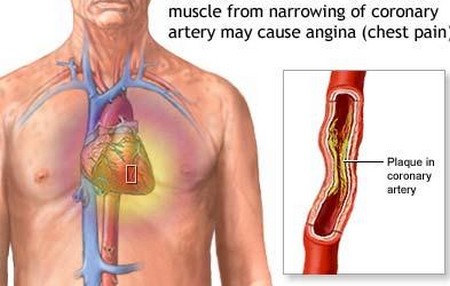Good natural heart regulators are available that avoid these adverse effects.
In the herbal line, hawthorn berry (Crataegus Oxycantha) is an excellent tonic for the heart. Studies have shown that it increases coronary blood flow and allows the heart to function with less oxygen. Hawthorn berry increases not only oxygen use by the heart but enzyme metabolism in the heart muscle, making the heart pump more efficiently. It also dilates the peripheral blood vessels (blood vessels distant from the heart), lowering blood pressure and reducing the heart’s burden in pumping blood. Hawthorn berry helps overcome cardiac weakness and is particularly useful for people with angina, high blood pressure, or a history of heart attack. It has also been used to lower serum cholesterol.
Nutritional supplements can also help. Injections of magnesium sulfate have brought about dramatic clinical improvement in patients with angina and coronary thrombosis. Co-enzyme Q10 is another nutrient with documented effectiveness in strengthening the heart and the body in general.
In the homeopathic line, Glonoine is a useful remedy for heart problems. Glonoine is appropriate for the heart patient with chest pain, confusion, dizziness, sensations of pulsing throughout the body, heart flutterings and palpitations. Cactus Comp formula is another homeopathic remedy that can do wonders for the heart.
Angina Symptoms Relieved
Extremely weak and barely able to walk, Mrs. Hicks had been given no hope of survival by her doctor. But her husband Irl, an old-time Idaho farmer, was a firm believer in alternative medicine. He owned a homeopathic book and had read it through many times. When he sought help in choosing a remedy, he was advised to try Cactus Comp. In a matter of weeks, his wife was out of bed, walking around, and full of life. Her doctor couldn’t believe it. She remains alive and well two years later.
Lifestyle Modification
Exercise can help prevent angina from developing. An Israeli study of more than 10,000 middle-aged men and women found that the risk of developing angina was more than twice as great for men with sedentary lifestyles as for those who were more active; and for sedentary women, it was more than three times as great.
Exercise has also been shown to reduce angina pain. A regular exercise routine lowers the pulse rate, which means the heart doesn’t have to work so hard or use so much oxygen. In a study reported in the medical journal Mayo Clinic Proceedings, eight men with mild angina were put on an exercise program involving 45-minute sessions three times a week. Five were completely symptom-free after one year, and three experienced significant reductions in angina pain.
A strict vegetarian diet can be even more effective. In a British study, four out of four patients with severe angina who had not responded to medication became symptom-free after five to six months on a “vegan” diet that entirely excluded animal products. They were able to engage in strenuous activities without pain. One patient was followed for a full ten years, during which his pain did not return even when mountain-climbing. In an earlier study, when six angina patients were put on a diet consisting of rice, fruits, vegetables, and a specially prepared mixture of amino acids, their angina pain decreased, their ability to exercise increased, and their serum cholesterol levels dropped nearly 40 percent. Again, prior drug treatment had failed to improve their conditions.
